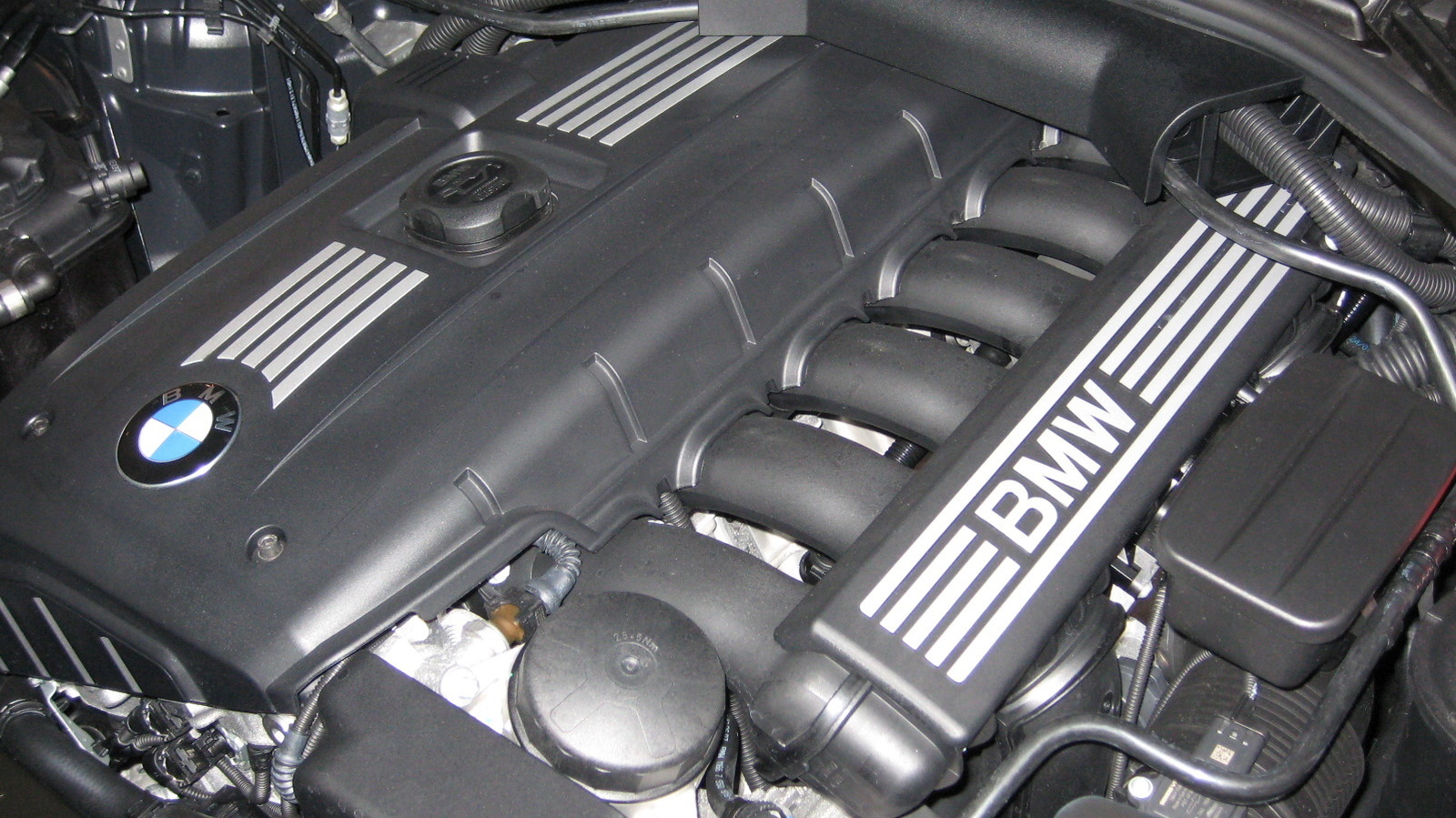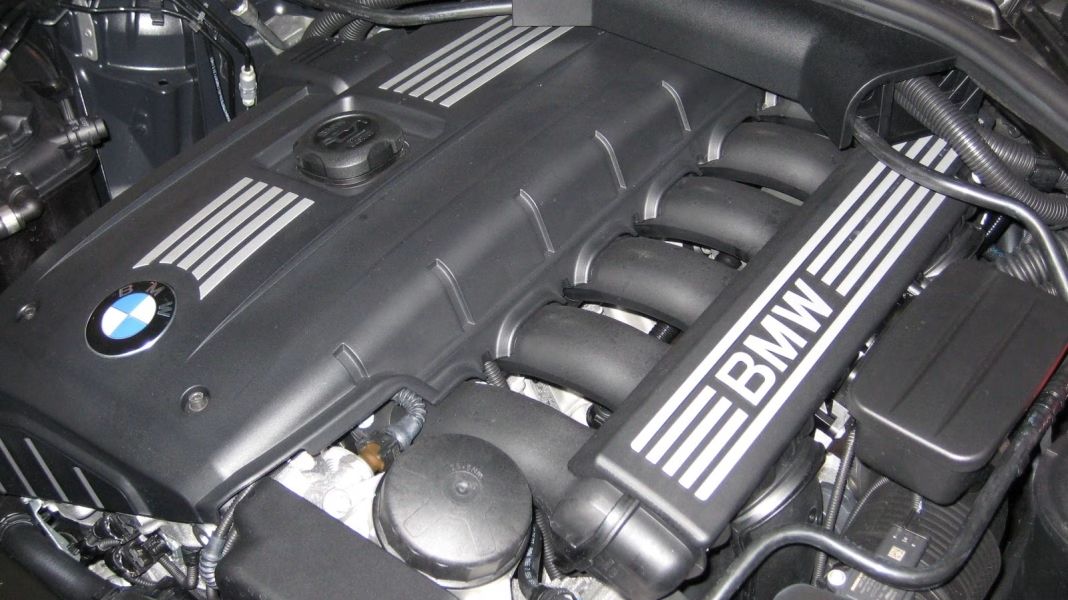Which BMW N52 Engine Years Tend to Have the Most Issues?
If you’re eyeing a used BMW with the N52 engine, you’re probably wondering: are there certain years that are more trouble-prone than others? The short answer is yes. While the N52 is often praised for its smooth power delivery and relative reliability compared to some of its turbocharged siblings, not all model years are created equal. Let’s dig into which years you should approach with caution—and why.
What Makes the N52 Engine Stand Out, and Where Does It Fall Short?
BMW’s N52 straight-six debuted in 2004 and powered a range of models through the early 2010s. It’s known for its magnesium-aluminum construction, which helped shave off weight and improve efficiency. Enthusiasts love the way it revs and the classic BMW inline-six feel. But here’s the rub: that lightweight construction also introduced some unique headaches, especially in the early years.
The most common complaints? Cooling system failures, oil leaks, and issues with the electric water pump. Some owners also report ticking noises from the hydraulic lifters, particularly in colder climates or after extended idling. While these problems aren’t universal, they’re frequent enough to warrant a closer look at specific production years.
Are Certain N52 Model Years More Problematic Than Others?
Absolutely. Data from owner forums, repair shops, and reliability studies consistently point to the 2006 and 2007 model years as the most problematic for the N52 engine. These years saw a higher incidence of water pump failures, thermostat issues, and valve cover gasket leaks. The magnesium-aluminum block design, while innovative, was still being refined, and some early production quirks hadn’t yet been ironed out.
By 2008, BMW had addressed many of these teething issues. Later N52 engines—especially those built from 2008 onward—tend to be more robust, with fewer reports of catastrophic failures. Still, even the best-maintained N52 can develop issues if neglected, so service history matters as much as the model year.
What Are the Most Common N52 Problems Owners Should Watch For?
Let’s get specific. Here are the top trouble spots to keep on your radar:
– Electric Water Pump: The N52’s water pump is electrically driven, and failures are common—sometimes as early as 60,000 miles. When it goes, overheating can follow in minutes.
– Valve Cover Gasket Leaks: Oil seeping from the valve cover gasket is almost a rite of passage for N52 owners, especially on higher-mileage engines.
– Oil Filter Housing Gasket: Another notorious leak point. If left unchecked, it can drip onto the serpentine belt, causing even bigger headaches.
– Hydraulic Valve Lifters: Some early N52s (mainly in the E90 3 Series) developed a persistent ticking sound, especially in cold weather or after short trips.
– DISA Valve Failure: The DISA (Differentiated Intake System Adjustment) valve can fail, causing rough idle and loss of power.
How Can You Spot a Well-Maintained N52, and What Should You Ask the Seller?
When shopping for a used BMW with an N52, maintenance records are your best friend. Ask for proof of recent water pump and thermostat replacement—if these haven’t been done by 80,000 miles, budget for it. Check for oil leaks around the valve cover and oil filter housing. If possible, listen to the engine at idle for any ticking sounds, and take note of any warning lights on the dash.
A pre-purchase inspection by a BMW specialist is worth every penny. They’ll spot issues that might slip past a general mechanic, and their input can save you from a costly mistake.
Is the N52 Still Worth Considering, or Should You Look Elsewhere?
Despite its quirks, the N52 remains a favorite among BMW fans for good reason. It’s naturally aspirated, meaning fewer turbo-related headaches, and it delivers that silky-smooth power BMW is known for. Later models, especially post-2008, are generally solid choices if you’re diligent about maintenance.
If you’re after a used BMW that won’t break the bank—or your spirit—the N52 is still a contender. Just go in with your eyes open, prioritize service history, and avoid the 2006-2007 models if you want to minimize risk.
The big takeaway? Chasing the perfect N52 isn’t about finding a unicorn—it’s about making smarter choices. Focus on later model years, keep up with preventive maintenance, and you’ll likely enjoy that classic BMW experience without the drama. Start with one change this week—maybe booking that inspection or checking for leaks—and you’ll likely spot the difference by month’s end.


